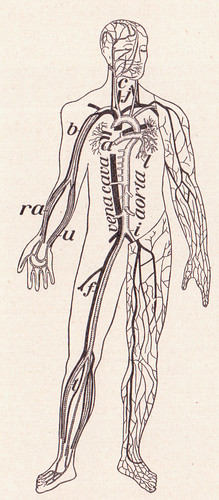
Biomedical engineers at Drexel’s School of Biomedical Engineering, Science and Health Systems are busy constructing a mathematical model to explain how blood vessels regulate the flow of blood. Specifically they’re looking at the ways nitric oxide (NO) is produced by cells in our circulatory system, where it dilates blood vessels and thus controls blood pressure and flow. NO also helps the immune system respond to injuries and infections.
The National Institutes of Health’s Heart, Lung and Blood group is funding this research to the tune of $3.3 million, since “defects in nitric oxide in blood and tissues can lead to many diseases,” including the biggie: heart disease. The team has already discovered new ways in which NO is produced. Now they’ll be using a flow chamber to identify location and time data that will make their model even more useful to scientists.
The coolest thing about this is that the model will be open-source – meaning anyone anywhere in the world who has the skills and wants to try to improve it can do so.
Another step forward in identifying nature’s secrets of healing.